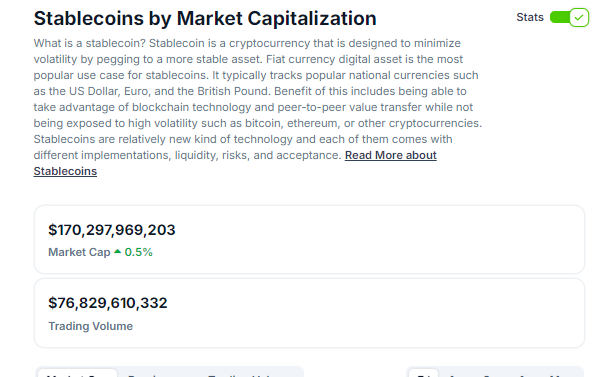There is something very interesting that is happening within the world of cryptocurrency. This could be something to monitor over the next couple years.
We might also be seeing why many politicians are embracing crypto.
Few will argue that government debt, all over the world, is out of control. However, this is not a problem as long as you sell it.
It is akin to continually refinancing your home. No matter what the situation, as long as you can keep using the asset for cashflow, things can proceed.
This is exactly what governments are doing. They keep using bonds to refinance the previous debt. Of course, they still add more since most nations are engaging in deficit spending.
Ultimately, all this boils down to being able to sell the debt.
US Treasuries Being Purchased
With the advent of asset backed stablecoins, we saw a new entrant into the market.
Many are speculating about the desirability of US Treasuries. To me, this is a lot of noise. The tendency is to look at the US solely and not realize that the debt of other countries is less appealing.
This means we are dealing with a "best house in a bad neighborhood" type of situation.
There is also the fact that the entire financial system, including the habits of billions of people is geared to the US dollar. This means that, as a unit of measure, it isn't going anywhere for a long time.
What this means is that we could be watching a transformation. Here is where stablecoins might have a large impact.
This is a screenshot from coingecko:

We see there are $170 billion in stablecoins issued. Since most of these are asset backed, we will simply use that number.
At present, Tether and USDC (Circle) are the two largest issuers. In fact, they make up the majority of the market.
Each of these backs their currency with T-Bills, at least to the tune of 80%.
Which brings up the question of whether we are seeing a transformation taking place?
Stablecoin Growth
A few years back, Jeremy Allaire, the CEO of Circle, stated that he could foresee a day when $1 trillion in USDC was required. Since that time, it appears that coin went backwards whereas USDT picked up share. It now accounts for $117 billion of the total.
Regardless of who the leader is, we can see how this is shifting things.
If stablecoins grow is utility, we are going to see more generated. We already see entities such as PayPal in the game. They are following a similar model as Tether and Circle.
What happens when there are a few trillion in stablecoins on the market? That is a great deal of buy demand for Treasuries.
There is no reason to think that stablecoins will not expand in popularity. We know crypto transactions are increasing. Governments are likely to incorporate regulation that requires stablecoins to be asset backed. In the near (and medium) term, this could feed into the likes of Circle and Tether.
Algorithmic Stablecoins
Many support algorithmic stablecoins.
Unlike the asset backed, these operate outside the existing banking system. There are no ties to government assets, nor is there a custodian in place.
The challenge is governments are likely to ban from, meaning central exchanges will be barred from supporting them. That is not a problem if decentralized exchanges (DEX) seen their volumes continue to increase.
Naturally, the most logical conclusion is we will see both on an upward swing.
Digital currencies have the ability to expand the money supply as needed. Over time, utility is being added, incorporate more use cases for these coins. This goes far beyond payments although that is one component to consider.
Ironically, the growth in algorithmic stablecoins could end up fueling greater use for the others.
To me, there is going to be a split system. We will have crypto-to-crypto where DEX and other platforms are utilized. For most, the need to bridge to fiat is still required. Here is where the asset backed coins can enter.
In other words, they will be the domain of the CEX where the algo driven ones could start to compile are larger portion of the overall market as people immerse themselves in the crypto world.
This will, in turn, drive more buy demand for US Treasuries.
Maybe this explains some of the sudden support for crypto by many US politicians.